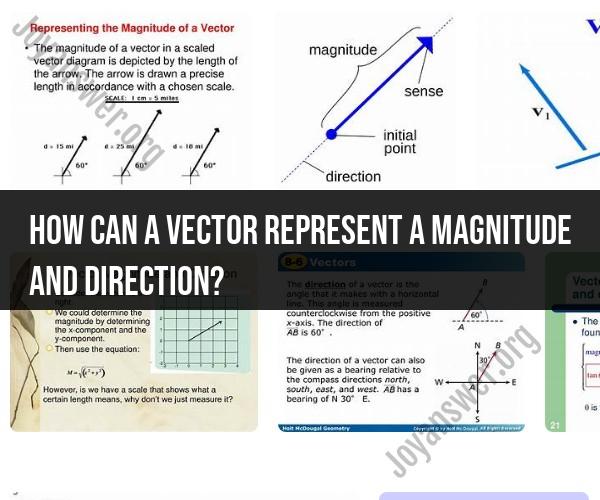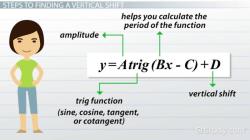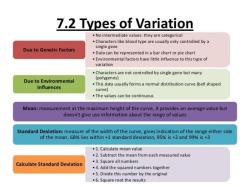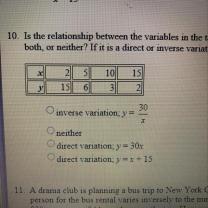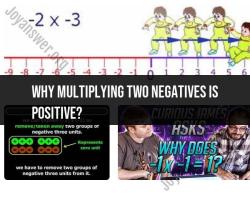How can a vector represent a magnitude and direction?
A vector is a mathematical quantity that represents both magnitude and direction. It is used to describe physical quantities that have both size (magnitude) and a specific orientation or direction in space. Vectors are commonly used in physics, engineering, and various other fields to represent various physical phenomena.
Here's how a vector can represent both magnitude and direction:
Magnitude (Size): The magnitude of a vector represents its size or length in a given unit of measurement. This is typically represented as a positive number or a scalar value. For example, if you have a displacement vector representing a journey from point A to point B, the magnitude of the vector might represent the distance traveled.
Direction: The direction of a vector indicates the orientation or angle at which the vector points in space. Direction is typically represented using angles or by specifying the vector's relationship to a coordinate system (e.g., north, east, up, etc.). For example, a vector representing the force applied to an object might have a direction specified in degrees or radians.
To combine magnitude and direction into a single vector, you can use a mathematical representation. There are two common methods for this:
Component Form: In this representation, a vector is broken down into its components along different coordinate axes. For example, in a two-dimensional space (x and y axes), a vector might have components (Vx, Vy), where Vx represents the magnitude of the vector in the x-direction, and Vy represents the magnitude of the vector in the y-direction. By knowing these components, you can calculate the magnitude and direction of the vector using trigonometric relationships.
Polar Form: In this representation, a vector is described using its magnitude (r) and the angle (θ) it makes with a reference direction, often measured counterclockwise from the positive x-axis. This is often expressed as (r, θ). Using trigonometric functions like sine and cosine, you can determine the x and y components of the vector and calculate its magnitude and direction.
For example, consider a displacement vector representing a 2D movement: (5 units, 45 degrees counterclockwise from the positive x-axis). This vector combines both magnitude (5 units) and direction (45 degrees) to represent the movement accurately.
In summary, vectors are versatile mathematical tools used to represent physical quantities that have both magnitude and direction. They provide a convenient way to describe various physical phenomena, including forces, velocities, displacements, and more, in a clear and concise manner.
Vectors: Representing Magnitude and Direction in Mathematics
A vector is a mathematical object that has both magnitude and direction. Magnitude is the length of the vector, and direction is the angle that the vector makes with a reference direction, such as the positive x-axis.
Vectors are often used to represent physical quantities such as force, velocity, and acceleration. For example, a force vector could be used to represent the force of gravity acting on an object. The magnitude of the force vector would represent the strength of the gravitational pull, and the direction of the force vector would represent the direction in which the object is being pulled.
Vectors can also be used to represent abstract concepts such as position and momentum. For example, a position vector could be used to represent the position of an object in space. The magnitude of the position vector would represent the distance of the object from the origin, and the direction of the position vector would represent the angle that the object makes with the positive x-axis.
Mathematical Vectors: How They Combine Magnitude and Direction
Mathematical vectors can be combined using a variety of operations, including addition, subtraction, and scalar multiplication.
Vector addition is performed by adding the corresponding components of each vector. For example, to add two vectors in two dimensions, you would add the corresponding x-components and y-components of each vector.
Vector subtraction is performed by subtracting the corresponding components of each vector. For example, to subtract two vectors in two dimensions, you would subtract the corresponding x-components and y-components of each vector.
Scalar multiplication is performed by multiplying a vector by a scalar quantity. A scalar quantity is a quantity that has only magnitude and no direction. For example, to multiply a vector by a scalar of 2, you would multiply each component of the vector by 2.
The Dual Nature of Vectors: Understanding Magnitude and Direction
The dual nature of vectors is what makes them so powerful and versatile. Vectors can be used to represent both magnitude and direction, which makes them ideal for representing a wide range of physical and abstract concepts.
The magnitude of a vector is important because it represents the strength of the quantity that the vector is representing. For example, the magnitude of a force vector represents the strength of the force.
The direction of a vector is important because it represents the direction in which the quantity that the vector is representing is acting. For example, the direction of a force vector represents the direction in which the force is pushing or pulling.
The dual nature of vectors is what makes them so essential in many areas of mathematics, physics, and engineering. By understanding the magnitude and direction of vectors, we can better understand the world around us.
